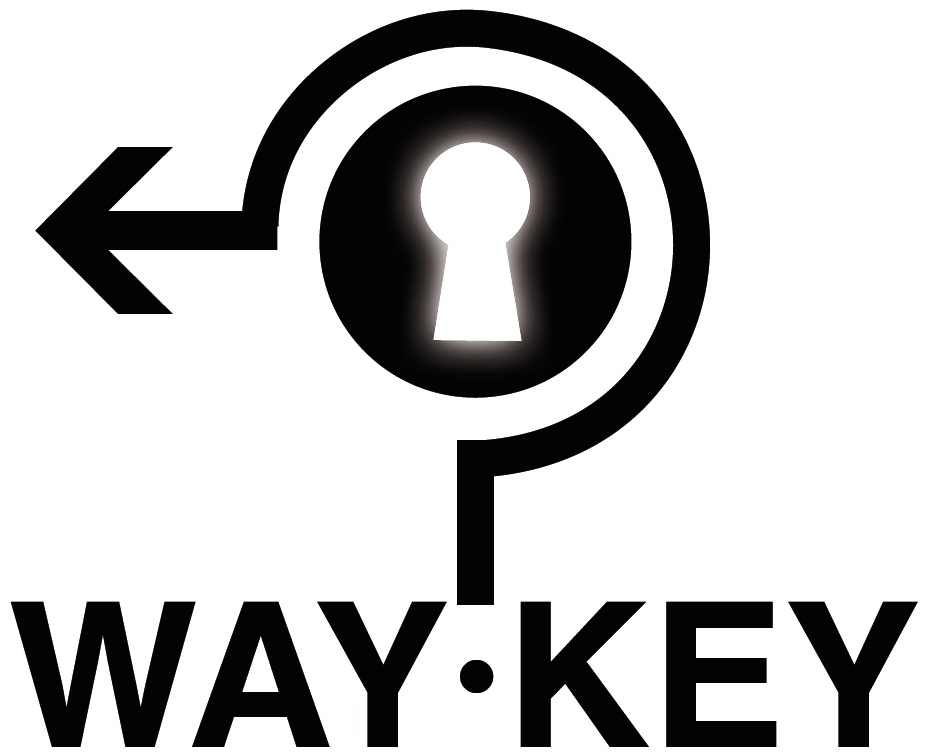Below you will find pages that utilize the taxonomy term “Ageing Society”
Give&Take - Designing a reciprocal exchange service for a good and engaged senior life

Give&Take co-designs an innovative digital platform that enables senior citizens to reciprocally exchange services and resources, creating new opportunities for senior citizens to contribute to society as volunteers and caregivers in their local communities. The GiveTake project is funded under the EU’s AAL programme.
Project Homepage: givetake.eu
Through social and digital media innovation the Give&Take project:
- Strengthens the quality of life of senior citizens through occupation and social engagement as a key to mental, social and physical fitness.*
- Explores the societal potential of informal community support and civic engagement for tasks currently supported by the public sector.*
- Improves the ability of senior citizens to live as independently as possible.*
A shift from public care services to informal community support and civil engagement not only empowers seniors but also prevents dependencies and increased public consumption – several national and European projects have demonstrated how volunteering networks are defining new learning opportunities and ways to contribute to society. The senior citizens have untapped knowledge and experience, time and energy, as well as their own financial resources to contribute as citizens, volunteers, and particularly as workers and consumers.
Way·Key - mobility assistant for people with dementia

In Austria about 1.2% of the population or a total of ca. 130.000 persons are affected by dementia. The increase of life expectancy will lead to a growing number of people affected in the future. Maintaining mobility can at least help delay the advance of dementia symptoms. Lack of movement is considered to be one of the prevalent risk factors for dementia in the USA and Europe. Encouraging mobility of people with dementia poses risks like getting lost or falling. For this reason technological solutions mostly focus on monitoring and restricting or even inhibiting the mobility of persons with dementia. Often considered stakeholder groups in the design and implementation of technological solutions are care personnel and relatives, making persons with dementia only passive users in the functional chain. Whenever attempts were made to increase independent mobility of people, smartphones or smart watches were used, which are known to be difficult to handle for this user group.